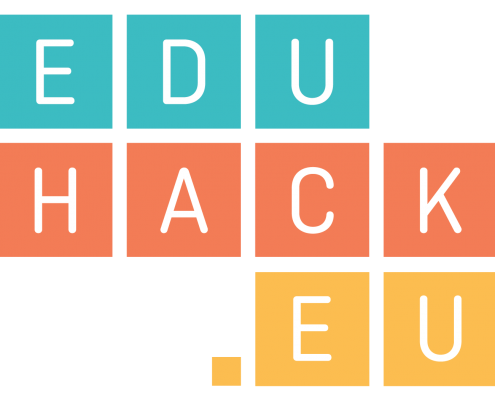Educators and institutions can take advantage of the opportunities that digital media offer for supporting student-centred approaches and helping learners achieve their maximum potential. In this regard, the DigCompEdu framework highlights how digital media may be used to enhance accessibility and inclusion, differentiation and personalisation, as well as learners’ active engagement and ownership of their own learning processes.
The DigCompEdu Check-in, based on the framework with the same name, provides self-assessment to educators in Higher Education in the use of digital technologies.
However, it is also essential to make sure that access barriers, competence gaps and other forms of inequality are not either introduced or aggravated through the use technology in education. Far from being neutral, technologies are always the result of design choices, embodying the views and biases – whether conscious or unconscious – of humans who created them (e.g. sexism, racism, ideological leanings).
Therefore, it is crucial that educators are aware of the manyfold implications (social, economic, political, etc.) underpinning digital media, so they can make informed decisions when embedding technology into their teaching practice. But it is equally important to empower learners to become critical users of ICTs, so they can recognise and understand potential ramifications of technology adoption within their learning digital ecosystems and beyond.


